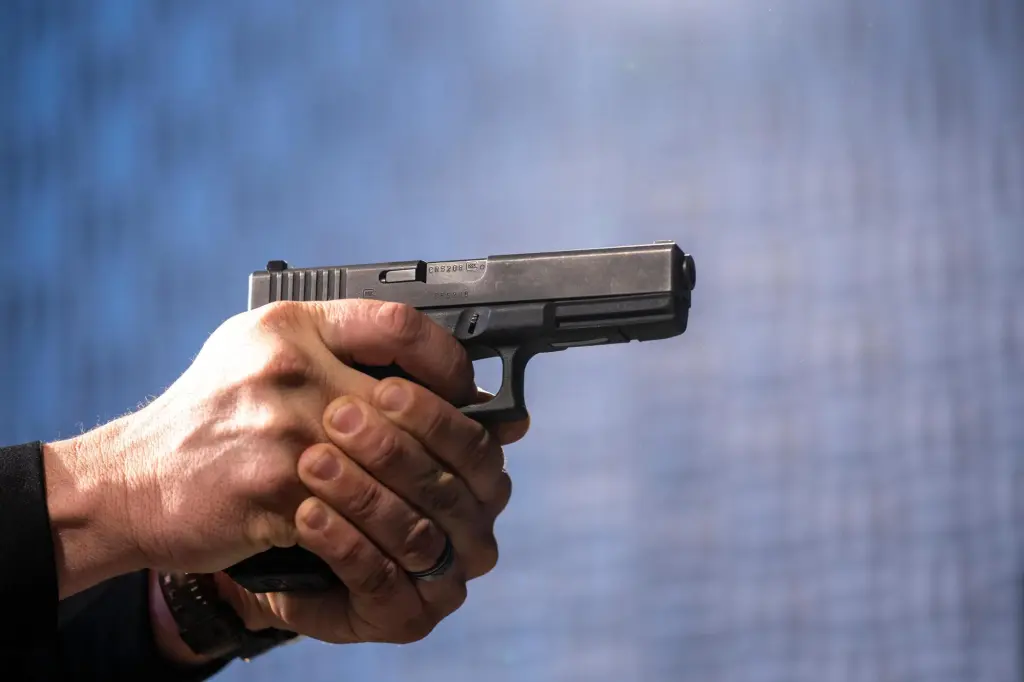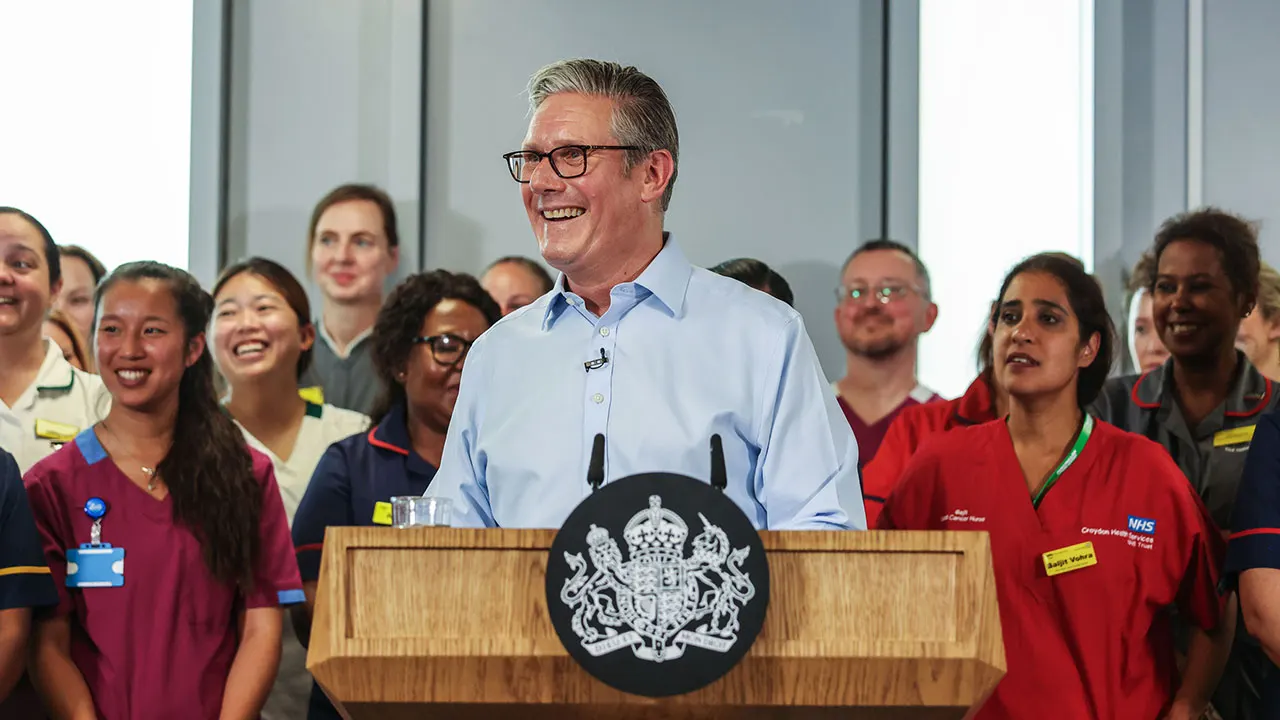
Let’s start where my last column (Sept. 18) left off. My point was that to stem gun violence, priority should be given to reining in the production of firearms. After all, production precedes distribution and circulation. Tamping down production would reduce the availability of weapons and shootings. Now, I want to flesh out my proposal and invite responses.
There are two compelling reasons for pushing this thinking. First, high school students in the Boulder area and elsewhere have brandished poignant signs, pleading “Protect kids, not guns” and “Shooting children is not exercising the 2nd Amendment,” and chants such as “Am I next?” Though meant as a wake-up call, these appeals have been greeted by inertia and yet another mass shooting, this time in Dallas.
Policymakers have bemoaned mass shootings and Charlie Kirk’s assassination, but moaning is not enough. The challenge is to hasten collective action.
Second, there is no gainsaying the power of national narratives about violence. President Trump’s language, changing the name of the Department of Defense to the Department of War, provides context. “War” is proactive and more aggressive than “defense.” Mind you, some people read the president’s executive order about renaming as a license to deploy arms.
In this milieu, spending on armaments skews social investment. This expenditure switching benefits gun- and large-weapons manufacturers.
In the United States, five weapons makers dominate the market: Lockheed Martin, RTX (Raytheon), Boeing, Northrop Grumman and General Dynamics. The top Pentagon contractors secured approximately $771 billion in contract awards between 2020 and 2024. Their stocks are up 20% to 30% in 2025. They are big winners in the wars on Ukraine and Gaza.
For sure, militarism and violence in America are linked. Military expenditure does not stimulate the economy in the same way as domestic investment in, say, schools, hospitals and infrastructure. The multiplier effects differ. Public money for weaponry crowds out allocating funds for social good. This move fuels marginalization, the breeding ground for homegrown extremism.
That said, there are three plausible strategies for reform. One would tighten laws and regulations for possessing, using, and selling firearms and ammunition. It aims to toughen measures like background checks, restrict certain types of firearms, and prohibit civilian ownership for some people, such as convicted felons. This way has much to commend it. Stringent gun laws in countries like Australia, Japan, Norway and the UK correlate with low homicide rates. But these legalities fail to tug at the root causes.
Another strategy is to tackle deep historical and cultural factors. Bear in mind that the United States was born in violence, still struggles with painful and shameful legacies of enslavement, and is engaged in cultural wars over fundamental values — the glue that holds society together. This is a long-run route to curbing shootings.
Meanwhile, how many more gun deaths will happen? Recent data are astounding. Among high-income countries, the United States ranks first in gun homicide rate per 100,000 people, according to the Institute for Health Metrics and Evaluation. A worldwide dataset indicates that the United States comes in sixth; the top five are drug-ravaged and gang-ridden countries in the Caribbean and Latin America, according to World Population Review.
Finally, the mid-term appears to be the right time horizon: the third strategy breaches the abode of production without neglecting the here and now.
In an ideal world, maximum pressure would be applied, using all three strategies. Yet I favor opting for the politics of possible, which means clamping down on production.
The Trump Administration and its allies have already scaled up state intervention in the market, increasing their stake in key enterprises, directing CEOs to align with government priorities, and advocating for a sovereign wealth fund. In this vein, the next interventionist initiative should be the takedown of gun manufacturers.
But how might the president act? When Trump ranted, “I hate my opponent” at Charlie Kirk’s memorial, his erratic behavior and lack of self-control were on full display.
Given Trump’s mercurial conduct and a compliant majority in Congress willing to abdicate its responsibility to check abuses of power, rolling back the production of weaponry used in domestic killings will require heavy pressure. To thwart gun violence, a big-tent coalition with a resonant social justice message must spur mass mobilization.
Jim Mittelman, a Boulder resident and Camera columnist, is an educator, activist, and author. His books include “The Globalization Syndrome,” “Implausible Dream: The World-Class University and Repurposing Higher Education,” and “Runaway Capitalism,” which is due out in November.



